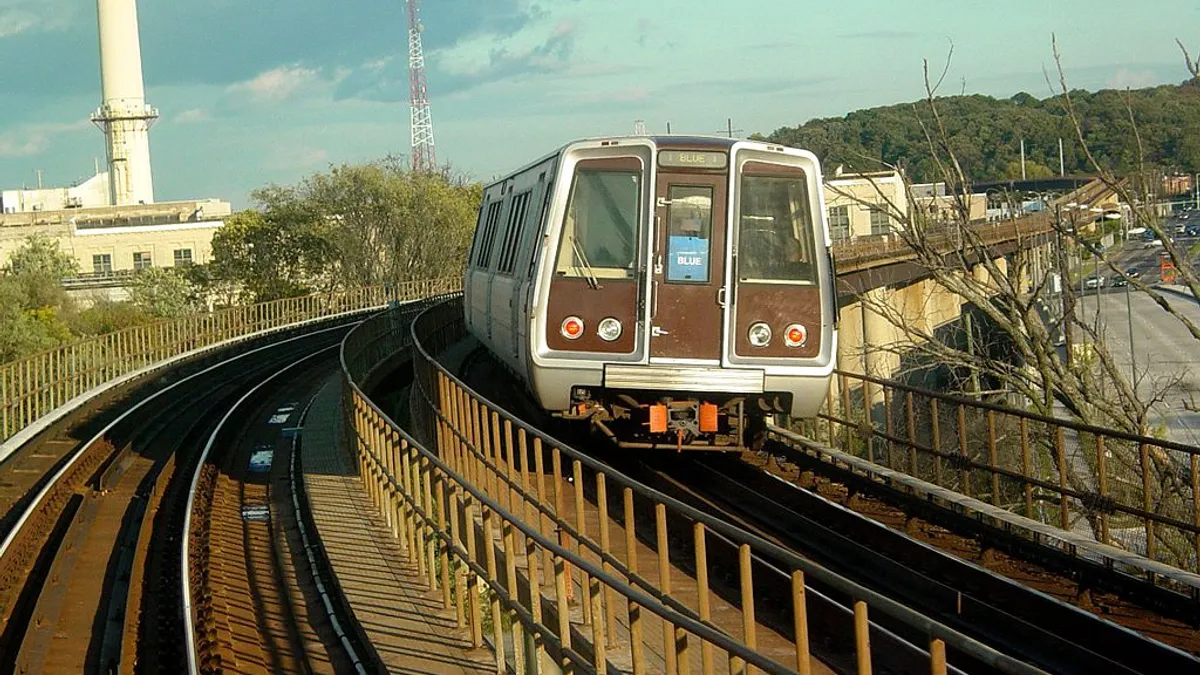Dive Brief:
- Maryland Gov. Larry Hogan has announced that construction on the $3.3 billion, 16.2-mile light rail Purple Line project will begin later this year and that Fluor Enterprises-led Purple Line Transit Partners will be the contractor. According to a Fluor press release, the joint venture will design-build, finance, operate and maintain the line for Maryland’s state transportation agencies as part of a public-private partnership (P3).
- The state will contribute $159.8 million in upfront construction costs, Prince George’s and Montgomery counties will kick in $330 million, and the federal government will provide $900 million in funding this year and possibly $125 million in 2017, according to WTOP.
- The project is expected to get the final nod from the Maryland Board of Public Works in April, paving the way for the finalization of the contract and a notice to proceed in late 2016. The Purple Line is slated to start service in the spring of 2022 and will include 21 stations.
Dive Insight:
The new east-west line will extend from Bethesda, MD, in Montgomery County to New Carrollton, MD, in Prince George’s County and is expected to improve connectivity between economic, employment and transportation hubs, as well as the University of Maryland in College Park. The long-awaited project has been delayed for years due to funding uncertainty, but local leaders promised to contribute more to the project, according to the Washington Business Journal.
Purple Line Transit Partners is comprised of Fluor, Meridiam Infrastructure Purple Line LLC, and Star America Purple Line LLC. However, during the entire scope of the project from design to maintenance, additional team members will include The Lane Construction Corporation, Traylor Bros., Inc., Atkins North America, Inc., Alternate Concepts, Inc., and CAF USA, Inc.
If approved, the P3 project would be the second transportation project in the U.S. — along with Denver — to use private funding, according to The Washington Post.
Fluor, one of the largest construction companies in the U.S., also recently snagged an Arizona Department of Transportation highway project via another P3 joint venture, Connect 202 Partners. That joint venture will design, build and maintain — much like the Purple Line project — a $1.9 billion, 22-mile portion of the Loop 202 freeway in Phoenix.
P3s have seen a surge in popularity recently, particularly with large infrastructure projects that have a significant maintenance component. A P3 is often seen as a way for government agencies to shift risk to the private sector, and as a way to take advantage of the private sector’s ability to obtain financing and conduct operations without having to deal with as much bureaucratic red tape.











